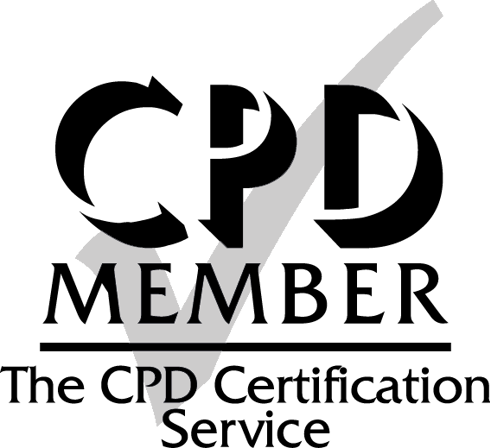Background: Computed tomography angiography (CTA) collateral scoring can identify patients most likely to benefit from mechanical thrombectomy (MT) and those with good outcomes. Collateral scoring ranges from 0 (no collaterals) to 3 (complete collaterals). This study applied machine learning to categorize collateral flow in patients eligible for MT and generate an automated e-CTA collateral score (CTA-CS) using e-STROKE SUITE software.
Methods: Ninety-eight patients were included in the study. Three experienced neuroradiologists (NRs) independently estimated the CTA-CS, first without and then with knowledge of the e-CTA output, before agreeing on a consensus score. The agreement between NRs was measured by intraclass correlation coefficient (ICC).
Results: The addition of e-CTA improved the ICC between NRs from 0.58 (0.46–0.67) to 0.77 (0.66–0.85, p = 0.003). The automated e-CTA, without NR input, agreed with the consensus score in 90% of scans, with the remaining 10% within 1 point of the consensus (ICC 0.93, 0.90–0.95). Sensitivity and specificity for identifying favorable collateral flow (collateral score 2–3) were 0.99 (0.93–1.00) and 0.94 (0.70–1.00), respectively. The e-CTA score showed a significant correlation with the Alberta Stroke Programme Early CT Score (Spearman correlation 0.46, p < 0.001), emphasizing the importance of good collateral flow in tissue viability before reperfusion.
Conclusion: e-CTA provides a real-time, fully automated approach to collateral scoring, improving consistency in image interpretation. It can independently quantify collateral scores, even without expert rater input, and offers high sensitivity and specificity for identifying favorable collateral flow.












